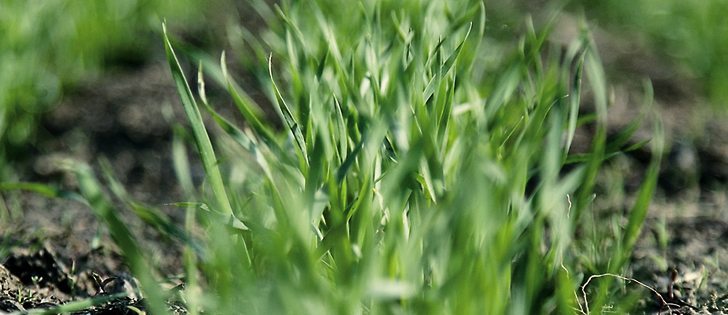An Agriculture Canada scientist is urging cereal producers to think twice before making early applications of fungicides to control potential disease threats.
“We have concluded, and this agrees with work some other colleagues have done as well, that early fungicide applications are really a waste of money,” said Myriam Fernandez, a researcher at the federal Semiarid Prairie Agriculture Re-search Centre.
“(They) don’t really help in terms of reducing leaf spots and fusarium head blight as well.”
He said early and double fungicide applications are not only often ineffective at controlling disease, but durum research also links their use to increased kernel discolouration and possible downgrading.
Read Also

Farming Smarter receives financial boost from Alberta government for potato research
Farming Smarter near Lethbridge got a boost to its research equipment, thanks to the Alberta government’s increase in funding for research associations.
“The bottom line is that when you have early application of fungicide, sometimes even at flowering, you have an increase in blackpoint and red smudge,” she said.
“That’s not something that a lot of people want to hear, but that’s basically what the research is telling us.”
Researchers in Saskatchewan recommend against early, preventive fungicide applications as a strategy to improve yield performance, even when followed up with a second application at a later stage.
A study that used data from three site years found two fungicide applications increased red smudge to .85 percent, or 57 percent more than if no fungicides were applied.
No. 1 Canadian Western Amber Durum can contain no more than .3 percent red smudge.
Cost-benefit analysis of fungicides should include this possible downgrading effect, said the study.
In another study, researchers found that double applications were no more effective in controlling fusarium and often increased the kernel weight of durum.
“So that will make the plant, the kernels more susceptible to kernel diseases, kernel discolouration,” said Fernandez.
Applications at the flag leaf stage are recommended for cereal diseases such as leaf spot, but the product must be delivered to the crop before disease develops.
Cereal growers may be tempted to time a registered fungicide alongside herbicide earlier in the season.
“The push from the companies are for an application at the seedling stage. We don’t see the point in doing that,” said Fernandez.
Faye Dokken Bouchard, a plant disease specialist with Saskatchewan’s agriculture ministry, said cereals should be sprayed early only in cases of high disease pressure. Provincial guidelines recommend spraying at flag leaf for leaf spot and flowering for fusarium.
“We don’t want to see spraying early unless there’s really a good, valid reason to do so,” she said.
Dokken Bouchard said early applications are important for controlling other diseases, such as ascochyta blight in chickpeas. Canola growers can spray for blackleg at the cabbage stage rather than at the flowering stage, which is when they would spray for sclerotinia.
“Just kind of weigh the pros and cons and see what disease you’re most concerned about spraying for. If sclerotinia has been your major issue in the past, then really wait until that 30 percent bloom stage in the canola,” she said.
“That’s going to get you the most bang for your buck.”

















